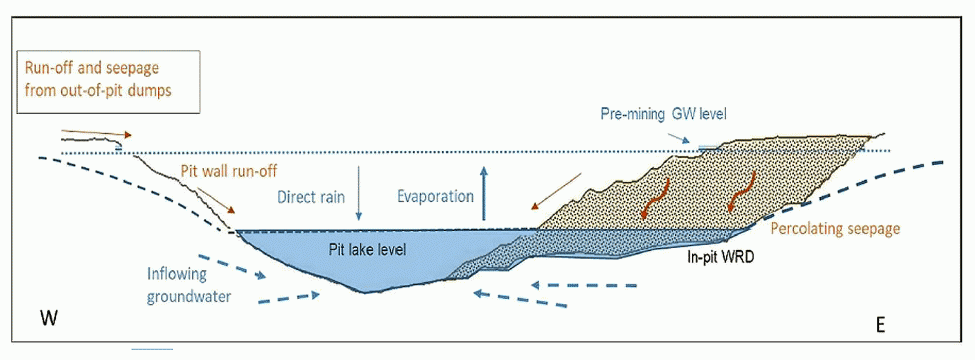To serve you better, our new website displays information specific to your location.
Please visit the site and bookmark it for future use.
Pit Lake Water Quality Modelling at Century Mine
The Century open cut zinc mine at Lawn Hill recently changed ownership from MMG Limited (MMG) to New Century Resources (NCR). Closure planning for the site was initiated by Zinifex, developed further by MMG, and is continuing under the new ownership. The waste rock dumps will be covered with a store and release cover system to meet closure objectives. However, the open pit, which is partially backfilled with waste rock, is expected to fill with water post closure to form a pit lake. As part of developing the site closure strategy, the final pit lake level (i.e. risk of discharge), and water quality that may develop within the lake post closure, were identified as potential risks to meeting downgradient water quality objectives. To evaluate this risk, a pit lake model has been developed that integrates outputs from geochemical characterisation programmes, water balance studies and hydrogeological modelling. The model quantifies solute production from pit walls and mineralised wastes located within the pit, and accounts for potential influence from out-of-pit waste dumps. Pit lake water quality is calculated over time, allowing assessment of potential impacts to surface and groundwater, and third party receptors. Using the predictions from the model, it has been possible to compare potential environmental outcomes for different closure strategies and assumptions, thus allowing prioritisation of forward works and informed selection of optimal closure measures.






